"At 30, a man should know himself like the palm of his hand. Know the exact number of his defects and qualities, know how far he can go, foretell his failures, be what he is, and above all. Accept these things!" (Albert Camus)
The qoutes that I have within this blog are suppose to be empowering. The whole concept is suppose to be empowering. For anyone to take any infomation from here if they choose and apply it to themselves, in there own life. It was these quotes and this trashy common sense. That got me threw many of the burdensome times and my naive youth. With that said, I hope others can do the same. This is not meant, but can be implied for the 72,000 dollar higher educated. It's intended for those who are low rent. For the uneducated, who do have common sense. That's the reason why it so poorly written, with it's curses and foul language . It's so straight forward, that anyone. ANYONE...can comprehend and relate too. Cause I know, as much as anyone else. That there are many others, just like myself.
At times. I do remember from my past. Conversations from others, of me being phony. Or Narcissistic. This is all to common with poeple. Everyone has been threw this issue. It's so high schooler. As we know, anyone that says something like this. Has some Insecurities with themselves and that person. You would think that anyone that reads this blog would get a better perception of my personailty. Being phony, is more so a state of mind. At least to some individual and group logic. Fact of the matter, we are all phony in others perception and standards.
http://encarta.msn.com/dictionary_1861725676/phony.html
Do I look up to myself? In a way, I could say yes. That I have faith in myself. This trust that I will pull threw. Being an astnostic, one who questions religion and it's many followers. I feel that I should be more forthright about this. I do find religion to be more or less courupted. It's up to the person to pick and choose what they want to learn or believe. "IF" there is a such unseen force or realm. I will find out when I get there. I am opening to it, but these are just my opinions. And, like the old saying goes. Opinions are like assholes. Everyone got one.
This does sounds insane, and I wish I was suffering from Dementia. It would make things a lot easier. This is not the case though. It's the coming to terms and the wising up. It one thing to wise up to one event. It's another to see everything for what it is. In a recent blog, I asked if anyone saw a pattern. I going to post two more hospital records, from two different hospitals. All together, that is four different hospitalization documents. This should indcate, what I am seeing. I asked this, if I was such a problem or there was a serious issue here. Don't you think someone would have caught it by now. The blog, "Hospital Records". Will get more into depth. In 3 different parts.
Not to mention, I already tried therapy. I am not that objecting to it, but I can say, I don't think it's going to work right now. With the many hostipals and the many attempts. This is the only step that I think will work. I have to do something about it. The patterns that are here. Shows one that is troubled, but also can see that it wasn't just me. Everyone was troubled. Let's put it this way, after getting out of jail. I could have went after the people I blamed. Doing something which would have resulted far worst. Now for those who disagree, here is an article that I think many can understand.
Mental Disorders in America
Mental disorders are common in the United States and internationally. An estimated 26.2 percent of Americans ages 18 and older — about one in four adults — suffer from a diagnosable mental disorder in a given year.1 When applied to the 2004 U.S. Census residential population estimate for ages 18 and older, this figure translates to 57.7 million people.2 Even though mental disorders are widespread in the population, the main burden of illness is concentrated in a much smaller proportion — about 6 percent, or 1 in 17 — who suffer from a serious mental illness.1 In addition, mental disorders are the leading cause of disability in the U.S. and Canada.3 Many people suffer from more than one mental disorder at a given time. Nearly half (45 percent) of those with any mental disorder meet criteria for 2 or more disorders, with severity strongly related to comorbidity.1
In the U.S., mental disorders are diagnosed based on the Diagnostic and Statistical Manual of Mental Disorders, fourth edition (DSM-IV).4
Mood Disorders
Mood disorders include major depressive disorder, dysthymic disorder, and bipolar disorder.
Approximately 20.9 million American adults, or about 9.5 percent of the U.S. population age 18 and older in a given year, have a mood disorder.1,2
The median age of onset for mood disorders is 30 years.5
Depressive disorders often co-occur with anxiety disorders and substance abuse.5
Major Depressive Disorder
Major Depressive Disorder is the leading cause of disability in the U.S. for ages 15-44.3
Major depressive disorder affects approximately 14.8 million American adults, or about 6.7 percent of the U.S. population age 18 and older in a given year.1, 2
While major depressive disorder can develop at any age, the median age at onset is 32.5
Major depressive disorder is more prevalent in women than in men.6
Dysthymic Disorder
Symptoms of dysthymic disorder (chronic, mild depression) must persist for at least two years in adults (one year in children) to meet criteria for the diagnosis. Dysthymic disorder affects approximately 1.5 percent of the U.S. population age 18 and older in a given year.1, This figure translates to about 3.3 million American adults.2
The median age of onset of dysthymic disorder is 31.1
Bipolar Disorder
Bipolar disorder affects approximately 5.7 million American adults, or about 2.6 percent of the U.S. population age 18 and older in a given year.1, 2
The median age of onset for bipolar disorders is 25 years.5
Suicide
In 2006, 33,300 (approximately 11 per 100,000) people died by suicide in the U.S.7
More than 90 percent of people who kill themselves have a diagnosable mental disorder, most commonly a depressive disorder or a substance abuse disorder.8
The highest suicide rates in the U.S. are found in white men over age 85.9
Four times as many men as women die by suicide9; however, women attempt suicide two to three times as often as men.10
Schizophrenia
Approximately 2.4 million American adults, or about 1.1 percent of the population age 18 and older in a given year,11, 2 have schizophrenia.
Schizophrenia affects men and women with equal frequency.12
Schizophrenia often first appears in men in their late teens or early twenties. In contrast, women are generally affected in their twenties or early thirties.12
Anxiety Disorders
Anxiety disorders include panic disorder, obsessive-compulsive disorder, post-traumatic stress disorder, generalized anxiety disorder, and phobias (social phobia, agoraphobia, and specific phobia).
Approximately 40 million American adults ages 18 and older, or about 18.1 percent of people in this age group in a given year, have an anxiety disorder.1,2
Anxiety disorders frequently co-occur with depressive disorders or substance abuse.1
Most people with one anxiety disorder also have another anxiety disorder. Nearly three-quarters of those with an anxiety disorder will have their first episode by age 21.5 5
Panic Disorder
Approximately 6 million American adults ages 18 and older, or about 2.7 percent of people in this age group in a given year, have panic disorder.1, 2
Panic disorder typically develops in early adulthood (median age of onset is 24), but the age of onset extends throughout adulthood.5
About one in three people with panic disorder develops agoraphobia, a condition in which the individual becomes afraid of being in any place or situation where escape might be difficult or help unavailable in the event of a panic attack.12
Obsessive-Compulsive Disorder (OCD)
Approximately 2.2 million American adults age 18 and older, or about 1.0 percent of people in this age group in a given year, have OCD.1, 2
The first symptoms of OCD often begin during childhood or adolescence, however, the median age of onset is 19.5
Post-Traumatic Stress Disorder (PTSD)
Approximately 7.7 million American adults age 18 and older, or about 3.5 percent of people in this age group in a given year, have PTSD.1, 2
PTSD can develop at any age, including childhood, but research shows that the median age of onset is 23 years.5
About 19 percent of Vietnam veterans experienced PTSD at some point after the war.13 The disorder also frequently occurs after violent personal assaults such as rape, mugging, or domestic violence; terrorism; natural or human-caused disasters; and accidents.
Generalized Anxiety Disorder (GAD)
Approximately 6.8 million American adults, or about 3.1 percent of people age 18 and over, have GAD in a given year.1, 2
GAD can begin across the life cycle, though the median age of onset is 31 years old.5
Social Phobia
Approximately 15 million American adults age 18 and over, or about 6.8 percent of people in this age group in a given year, have social phobia.1
Social phobia begins in childhood or adolescence, typically around 13 years of age.5
Agoraphobia
Agoraphobia involves intense fear and anxiety of any place or situation where escape might be difficult, leading to avoidance of situations such as being alone outside of the home; traveling in a car, bus, or airplane; or being in a crowded area.5
Approximately 1.8 million American adults age 18 and over, or about 0.8 percent of people in this age group in a given year, have agoraphobia without a history of panic disorder.1, 2
The median age of onset of agoraphobia is 20 years of age.5
Specific Phobia
Specific phobia involves marked and persistent fear and avoidance of a specific object or situation.
Approximately 19.2 million American adults age 18 and over, or about 8.7 percent of people in this age group in a given year, have some type of specific phobia.1, 2
Specific phobia typically begins in childhood; the median age of onset is seven years.5
Eating Disorders
The three main types of eating disorders are anorexia nervosa, bulimia nervosa, and binge-eating disorder.
In their lifetime, an estimated 0.6 percent of the adult population in the U.S. will suffer from anorexia, 1.0 percent from bulimia, and 2.8 percent from a binge eating disorder. 14
Women are much more likely than males to develop an eating disorder. They are three times as likely to experience anorexia (0.9 percent of women vs. 0.3 percent of men) and bulimia (1.5 percent of women vs. 0.5 percent of men) during their life. They are also 75 percent more likely to have a binge eating disorder (3.5 percent of women vs. 2.0 percent of men).14
The mortality rate among people with anorexia has been estimated at 0.56 percent per year, or approximately 5.6 percent per decade, which is about 12 times higher than the annual death rate due to all causes of death among females ages 15-24 in the general population.15
Attention Deficit Hyperactivity Disorder (ADHD)
ADHD, one of the most common mental disorders in children and adolescents, also affects an estimated 4.1 percent of adults, ages 18-44, in a given year.1
ADHD usually becomes evident in preschool or early elementary years. The median age of onset of ADHD is seven years, although the disorder can persist into adolescence and occasionally into adulthood.5
Autism
Autism is part of a group of disorders called autism spectrum disorders (ASDs), also known as pervasive developmental disorders. ASDs range in severity, with autism being the most debilitating form while other disorders, such as Asperger syndrome, produce milder symptoms.
Estimating the prevalence of autism is difficult and controversial due to differences in the ways that cases are identified and defined, differences in study methods, and changes in diagnostic criteria. A recent study by the Centers for Disease Control and Prevention (CDC) reported the prevalence of autism among 8 year-olds to be about 1 in 110.16
Autism and other ASDs develop in childhood and generally are diagnosed by age three.17
Autism is about four times more common in boys than girls. Girls with the disorder, however, tend to have more severe symptoms and greater cognitive impairment.16,17
Personality Disorders
Personality disorders represent "an enduring pattern of inner experience and behavior that deviates markedly from the expectations of the culture of the individual who exhibits it."4 These patterns tend to be fixed and consistent across situations and are typically perceived to be appropriate by the individual even though they may markedly affect their day-to-day life in negative ways. Among American adults ages 18 and over, an estimated 9.1% have a diagnosable personality disorder.18 Several more common personality disorders include:
Antisocial Personality Disorder
Antisocial personality disorder is characterized by an individual's disregard for social rules and cultural norms, impulsive behavior, and indifference to the rights and feelings of others.
Approximately 1.0 percent of people aged 18 or over have antisocial personality disorder.18
Avoidant Personality Disorder
Avoidant personality disorder is characterized by extreme social inhibition, sensitivity to negative evaluation, and feelings of inadequacy. Individuals with avoidant personality disorder frequently avoid social interaction for fear of being ridiculed, humiliated, or disliked.
An estimated 5.2 percent of people age 18 or older have an avoidant personality disorder.18
Borderline Personality Disorder
Borderline Personality Disorder (BPD) is defined by the DSM-IV as "a pervasive pattern of instability of interpersonal relationships, self-image and affects, as well as marked impulsivity, beginning by early adulthood and present in a variety of contexts.”
Approximately 1.6 percent of Americans age 18 or older have BPD.18
For More Information
Mental Health Information and Organizations from NLM's MedlinePlus (en Español).
References
1. Kessler RC, Chiu WT, Demler O, Walters EE. Prevalence, severity, and comorbidity of twelve-month DSM-IV disorders in the National Comorbidity Survey Replication (NCS-R). Archives of General Psychiatry, 2005 Jun;62(6):617-27.
2. U.S. Census Bureau Population Estimates by Demographic Characteristics. Table 2: Annual Estimates of the Population by Selected Age Groups and Sex for the United States: April 1, 2000 to July 1, 2004 (NC-EST2004-02) Source: Population Division, U.S. Census Bureau Release Date: June 9, 2005. http://www.census.gov/popest/national/asrh/
3. The World Health Organization. The global burden of disease: 2004 update, Table A2: Burden of disease in DALYs by cause, sex and income group in WHO regions, estimates for 2004. Geneva, Switzerland: WHO, 2008. http://www.who.int/healthinfo/global_burden_disease/GBD_report_2004update_AnnexA.pdf.
4. American Psychiatric Association. Diagnostic and Statistical Manual on Mental Disorders, fourth edition (DSM-IV). Washington, DC: American Psychiatric Press, 1994.
5. Kessler RC, Berglund PA, Demler O, Jin R, Walters EE. Lifetime prevalence and age-of-onset distributions of DSM-IV disorders in the National Comorbidity Survey Replication (NCS-R). Archives of General Psychiatry. 2005 Jun;62(6):593-602.
6. Kessler RC, Berglund P, Demler O, Jin R, Koretz D, Merikangas KR, Rush AJ, Walters EE, Wang PS. The epidemiology of major depressive disorder: results from the National Comorbidity Survey Replication (NCS-R). Journal of the American Medical Association, 2003; Jun 18;289(23):3095-105.
7. Centers for Disease Control and Prevention, National Center for Injury Prevention and Control. Web-based Injury Statistics Query and Reporting System (WISQARS) : www.cdc.gov/ncipc/wisqars accessed April 2010.
8. Conwell Y, Brent D. Suicide and aging I: patterns of psychiatric diagnosis. International Psychogeriatrics, 1995; 7(2): 149-64.
9. Kochanek KD, Murphy SL, Anderson RN, Scott C. Deaths: final data for 2002. National Vital Statistics Reports. 2004 Oct 12;53 (5):1-115.
10. Weissman MM, Bland RC, Canino GJ, et al. Prevalence of suicide ideation and suicide attempts in nine countries. Psychological Medicine, 1999; 29(1): 9-17.
11. Regier DA, Narrow WE, Rae DS, Manderscheid RW, Locke BZ, Goodwin FK. The de facto mental and addictive disorders service system. Epidemiologic Catchment Area prospective 1-year prevalence rates of disorders and services. Archives of General Psychiatry. 1993 Feb;50(2):85-94.
12. Robins LN, Regier DA, eds. Psychiatric disorders in America: the Epidemiologic Catchment Area Study. New York: The Free Press, 1991.
13. Dohrenwend BP, Turner JB, Turse NA, Adams BG, Koen KC, Marshall R. The psychological risk of Vietnam for U.S. veterans: A revist with new data and methods. Science. 2006; 313(5789):979-982.
14. Hudson JI, Hiripi E, Pope HG, Kessler RC. The prevalence and correlates of eating disorders in the National Comorbidity Survey Replication. Biol Psychiatry. 2007; 61:348-58.
15. Sullivan PF. Mortality in anorexia nervosa. American Journal of Psychiatry. 1995 Jul;152(7):1073-4.
16. Centers for Disease Control and Prevention (CDC). Prevalence of Autism Spectrum Disorders―Autism and Developmental Disabilities Monitoring Network, United States, 2006. MMWR Surveillance Summaries 2009;58(SS-10)
17. Fombonne E. Epidemiology of autism and related conditions. In: Volkmar FR, ed. Autism and pervasive developmental disorders. Cambridge, England: Cambridge University Press, 1998; 32-63.
18. Lenzenweger, M.F., Lane, M.C., Loranger, A.W., Kessler, R.C. (2007). DSM-IV personality disorders in the National Comorbidity Survey Replication. Biological Psychiatry, 62(6), 553-564.
http://www.nimh.nih.gov/health/publications/the-numbers-count-mental-disorders-in-america/index.shtml
57.7 million people with a alarming trend that is increasing and that is in only 2004! That is alot of fucked up people! A book I touched upon is, Suggestions of Abuse. Which was interesting and informative. In one chapter, the author states. That 98 precent of people suffer from 3 or 4 traumas within there life span. I can believe that. This book talks about various topics. That I do and do not agree to. But here is what the library journal said.
Finally, a work of popular psychology whose purpose is not to convince readers that they are victims but to illuminate one of the most fascinating and distressing occurrences in recent years-the increase in sexual abuse accusations resulting from the recollection of repressed memories. While clinical psychologist Yapko asserts that memories of horrible events can indeed be repressed, so little is understood about both memory and the mind's receptivity to suggestion that it can be virtually impossible to distinguish genuine memories from false ones. In some instances, therapists are able to convince susceptible clients that they are victims of sexual abuse that may have never occurred. This book is recommended for all public libraries, and while it is not scholarly in the strictest sense, it would not be an inappropriate purchase for academic libraries.
Jennifer Amador, Central State Hosp. Medical Lib., Petersburg, Va.
Copyright 1994 Reed Business Information, Inc.
http://www.amazon.com/Suggestions-Abuse-Michael-Yapko-PhD/dp/0671874314
Now, I did point out that I did do drugs, in my lifetime. Well, here is something that should make others think before adding there own opinon though. I had a women comment to me, "This is what you get for doing drugs!" Okay well, if that is the case let me defend myself with this by this article.
Prescription Drugs Kill 300 Percent More Americans Than Illegal Drugs
Monday 10 November 2008
by: David Gutierrez | Natural News
A report by the Florida Medical Examiners Commission has concluded that prescription drugs have outstripped illegal drugs as a cause of death.
An analysis of 168,900 autopsies conducted in Florida in 2007 found that three times as many people were killed by legal drugs as by cocaine, heroin and all methamphetamines put together. According to state law enforcement officials, this is a sign of a burgeoning prescription drug abuse problem.
"The abuse has reached epidemic proportions," said Lisa McElhaney, a sergeant in the pharmaceutical drug diversion unit of the Broward County Sheriff's Office. "It's just explosive."
In 2007, cocaine was responsible for 843 deaths, heroin for 121, methamphetamines for 25 and marijuana for zero, for a total of 989 deaths. In contrast, 2,328 people were killed by opioid painkillers, including Vicodin and Oxycontin, and 743 were killed by drugs containing benzodiazepine, including the depressants Valium and Xanax.
Alcohol directly caused 466 deaths, but was found in the bodies of 4,179 cadavers in all.
While the number of dead bodies containing heroin jumped 14 percent from the prior year, to a total of 110, the number of deaths influenced by the painkiller oxycodone increased by 36 percent, to a total of 1,253.
Across the country, prescription drugs have become an increasingly popular alternative to the more difficult to acquire illegal drugs. Even as illegal drug use among teenagers have fallen, prescription drug abuse has increased. For example, while 4 percent of U.S. 12th graders were using Oxycontin in 2002, by 2005 that number had increased to 5.5 percent.
It's not hard for teens to come by prescription drugs, according to Sgt. Tracy Busby, supervisor of the Calaveras County, Calif., Sheriff's Office narcotics unit.
"You go to every medicine cabinet in the county, and I bet you're going to find some sort of prescription medicine in 95 percent of them," he said.
Adults can acquire prescriptions by faking injuries, or by visiting multiple doctors and pharmacies for the same health complaint. Some people get more drugs than they expect to need, then sell the extras.
"You have health care providers involved, you have doctor shoppers, and then there are crimes like robbing drug shipments," said Jeff Beasley of the Florida Department of Law Enforcement. "There is a multitude of ways to get these drugs, and that's what makes things complicated."
And while some people may believe that the medicines' legality makes them less dangerous than illegal drugs, Tuolumne County, Calif., Sheriff's Office Deputy Dan Crow warns that this is not the case. Because everybody reacts differently to foreign chemicals, there is no way of predicting the exact response anyone will have to a given dosage. That is why prescription drugs are supposed to be taken under a doctor's supervision.
"All this stuff is poison," Crow said. "Your body will fight all of this stuff." Tuolumne County Health Officer Todd Stolp agreed. A prescription drug taken recreationally is "much like a firearm in the hands of someone who's not trained to use them," he said.
While anyone taking a prescription medicine runs a risk of negative effects, the drugs are even more dangerous when abused. For example, many painkillers are designed to have a delayed effect that fades out over time. This can lead recreational users to take more drugs before the old ones are out of their system, placing them at risk of an overdose. Likewise, the common practice of grinding pills up causes a large dose of drugs to hit the body all at once, with potentially dangerous consequences.
"A medication that was meant to be distributed over 24 hours has immediate effect," Stolp said.
Even more dangerous is the trend of mixing drugs with alcohol, which, like most popularly abused drugs, is a depressant.
"In the case of alcohol and drugs, one plus one equals more than two," said Tuolumne County Sheriff's Office spokesperson Lt. Dan Bressler.
Florida pays careful attention to drug-related deaths, and as such has significantly better data on the problem than any other state. But a recent study conducted by the U.S. Drug Enforcement Agency (DEA) suggests that the problem is indeed national. According to the DEA, the number of people abusing prescription drugs in the United States has jumped 80 percent in six years to seven million, or more than those abusing cocaine, Ecstasy, heroin, hallucinogens an inhalants put together.
Not surprisingly, there has been a corresponding increase in deaths. According to the Drug Abuse Warning Network, the number of emergency room visits related to painkillers has increased by 153 percent since 1995. And a 2007 report by the Justice Department National Intelligence Drug Center found that deaths related to the opioid methadone jumped from 786 in 1999 to 3,849 in 2004 - an increase of 390 percent.
Many experts attribute the trend to the increasing popularity among doctors of prescribing painkillers, combined with a leap in direct-to-consumer marketing by drug companies. For example, promotional spending on Oxycontin increased threefold between 1996 and 2001, to $30 million per year.
Sonora, Calif., pharmacist Eddie Howard reports that he's seen painkiller prescriptions jump dramatically in the last five years.
"I don't know that there is that much pain out there to demand such an increase," he said. The trend concerns Howard, and he tries to keep an eye out for patients who are coming in too frequently. But he admits that there is little he can do about the problem.
"When you have a lot of people waiting for prescriptions, it's hard to find time to play detective," he said.
Still, the situation makes Howard uncomfortable.
"It almost makes me a legalized drug dealer, and that's not a good position to be in," he said.
http://www.truth-out.org/111208HA
So for anyone that says I am jumping to conclusions. That I not thinking straight, or I am reading to much into it. Or who points out that this was about drugs. This is what I get. Wise up baby. Wise the fuck up. Get some insight. No one is any better. Spare me with the excuses. The problems were there with or without. Making this quote, very insightful. It's not the crazy ones you have out for, it the ones who consider themselves normal.
I am going jump off this subject because I think I said my peace. I noticed something that was very odd. Which I wonder why my motives are so different then most. Why don't I want to meet my biological father or my bother if there is any? Twin or half. The only thing I want to know. Who he is, his medical conditions or genetics. ( If anything was pasted down.) Also, if there is any truth to being a twin or half brother. That's all I want to know. I believe I stated this before. Not planning to add them to my x-mas card list. I don't want to be reunited nor that I blame him for what he did to my mother. I have no resentment towards him.
I feel that I have so many issues, that it is time for just myself. I don't want my issues onto bleed them. When they have such a life themselves to live. I find it wrong. Now, if there was a chance to rekinddle, I would keep an open mind. Maybe in the future but I do not see that happen anytime soon. That's the reason why I find this very strange. It's closure that I want, not saying that I am going to get it. To find out that your a resentment baby that came from a dishearting and emotional crazied mother. Is one thing. It's another thing though, that everyone was crazied in there own way. These inablers brought out something in me. In which, I do not want to tap into again.
I think this pretty much sums it up though, "Man is only normal in his natural environment, it is society that brings out his beast!" I believe it was Friedrich Nietzsche said something like this. Lastly, no one cares about your issues because they are to busy with there own. So why not do something about it.
Subscribe to:
Post Comments (Atom)



































































































































































































































































































































































































































































































































































































































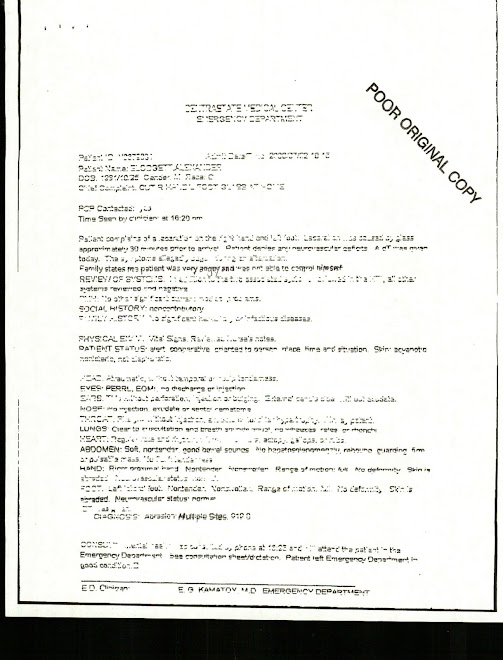
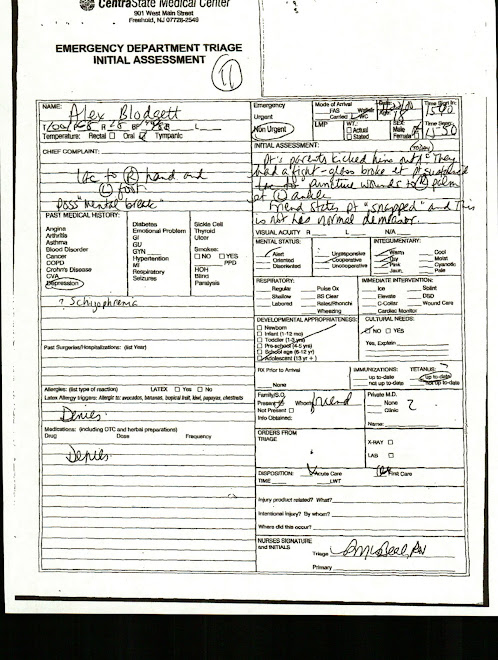


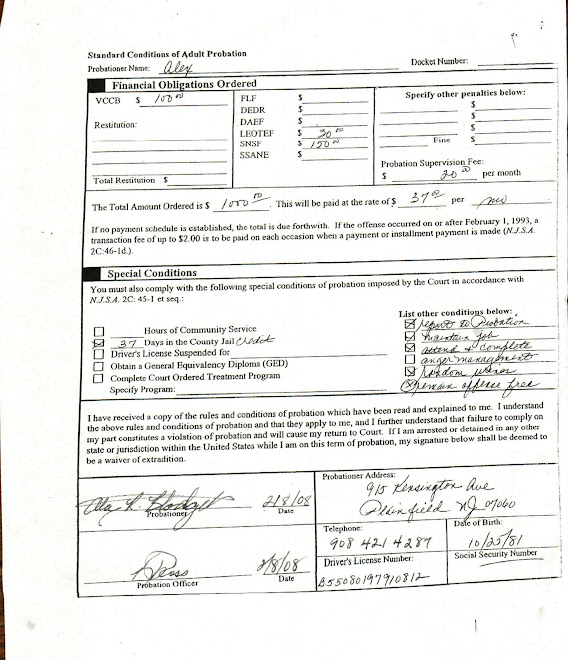



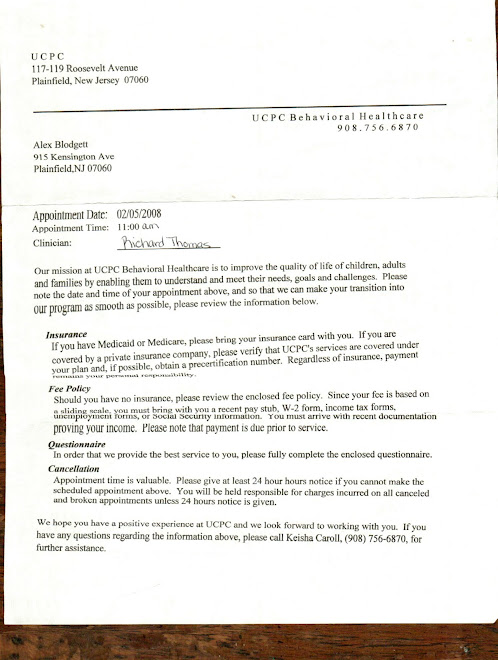
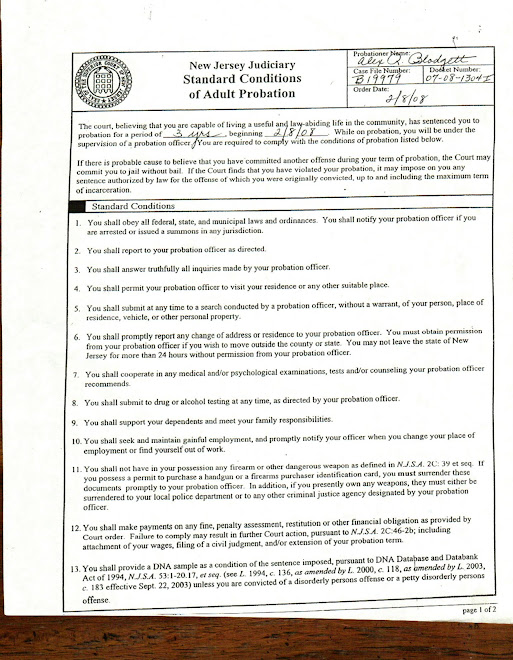
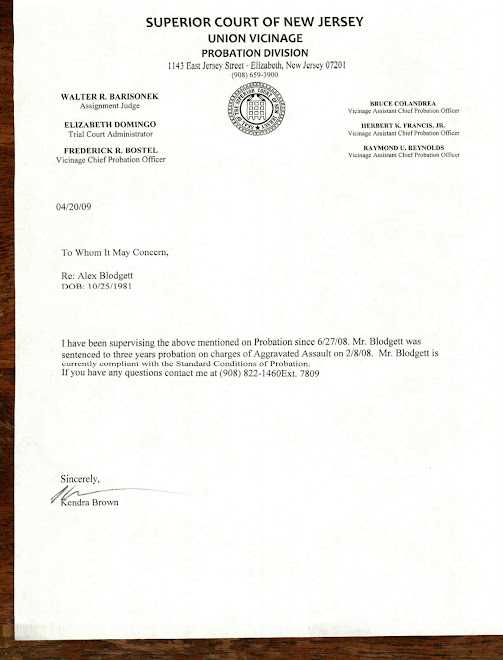
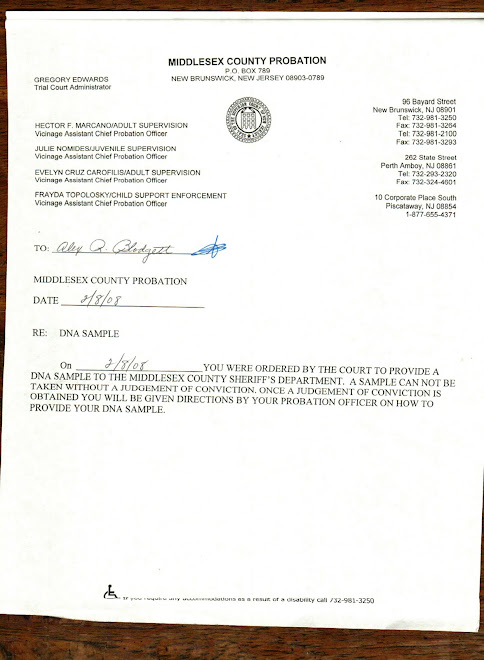
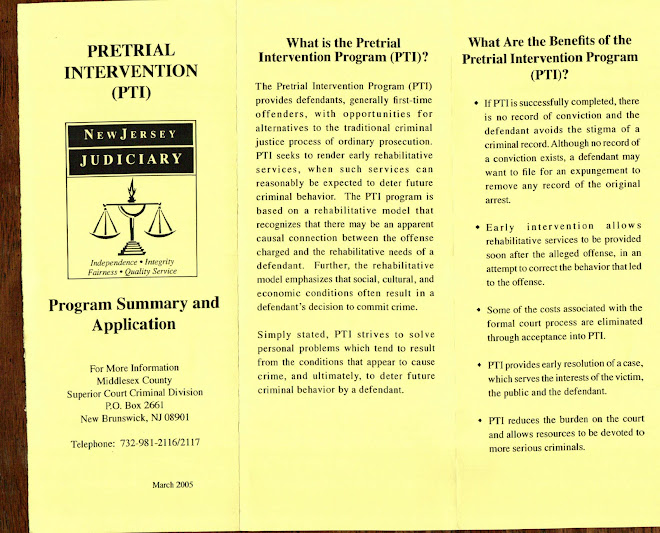
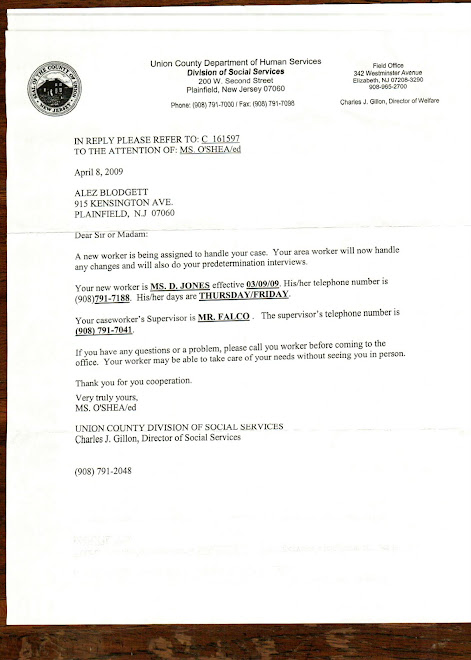

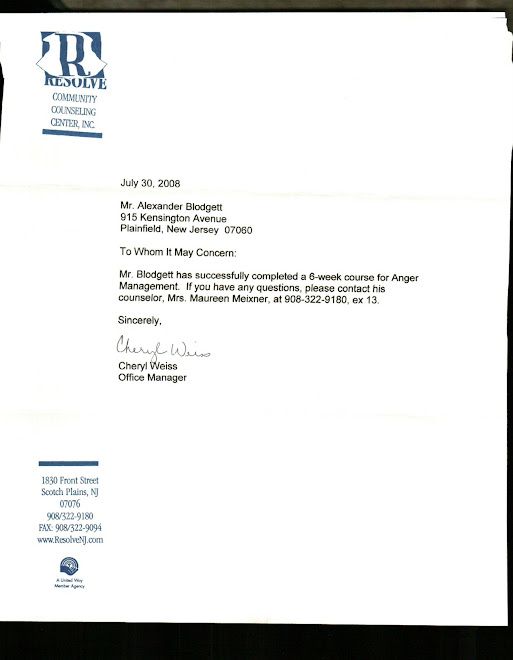
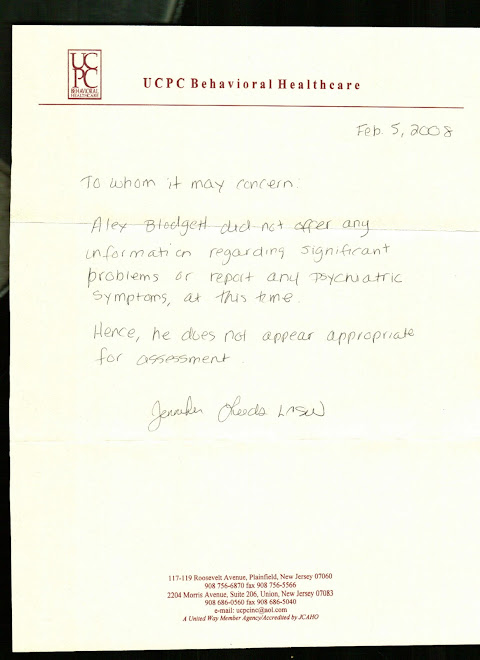
No comments:
Post a Comment